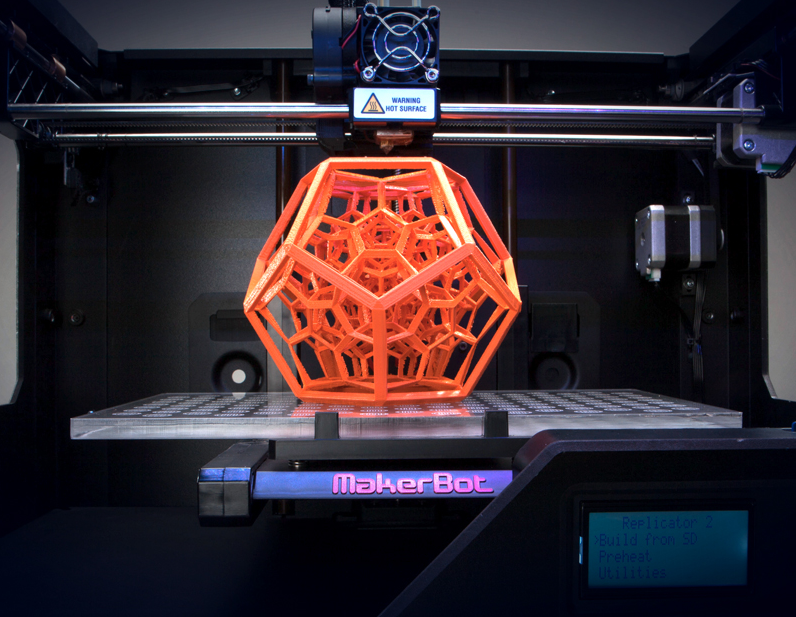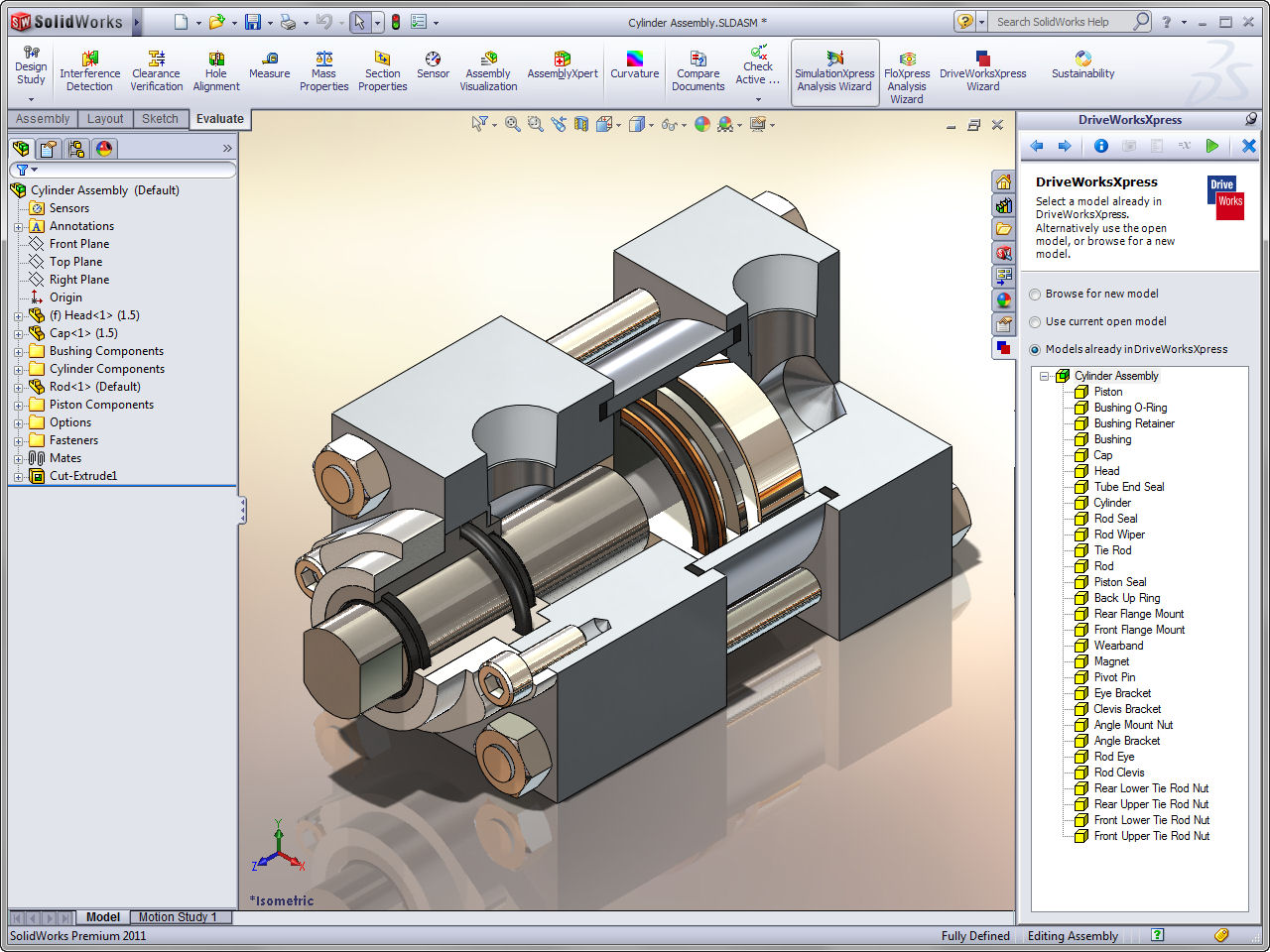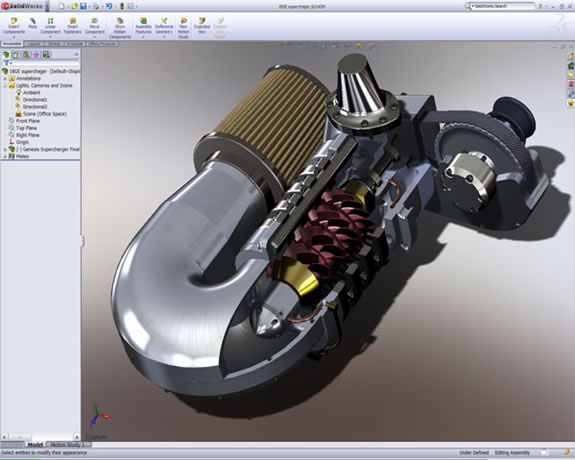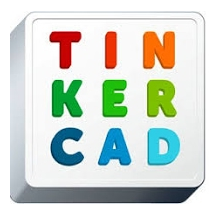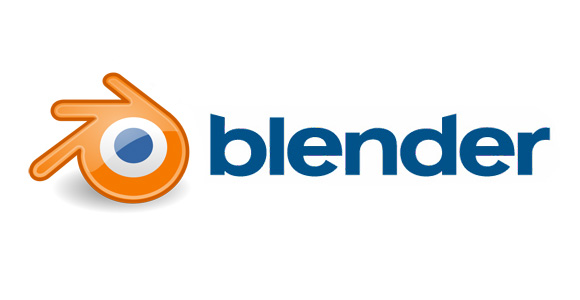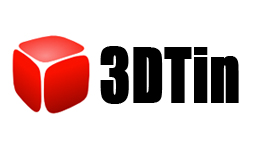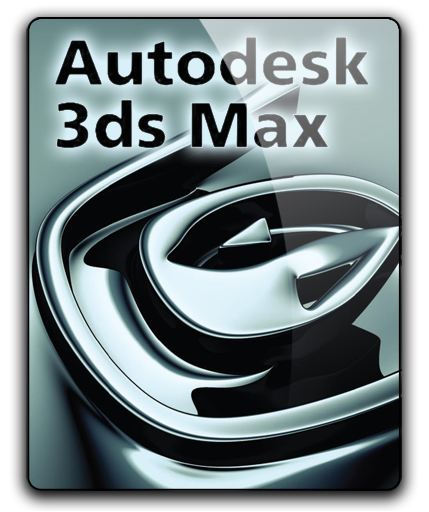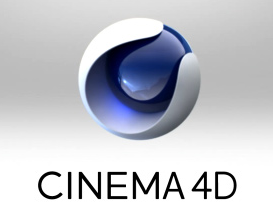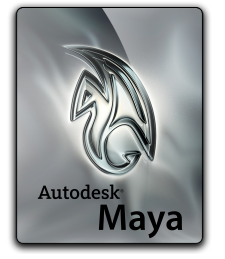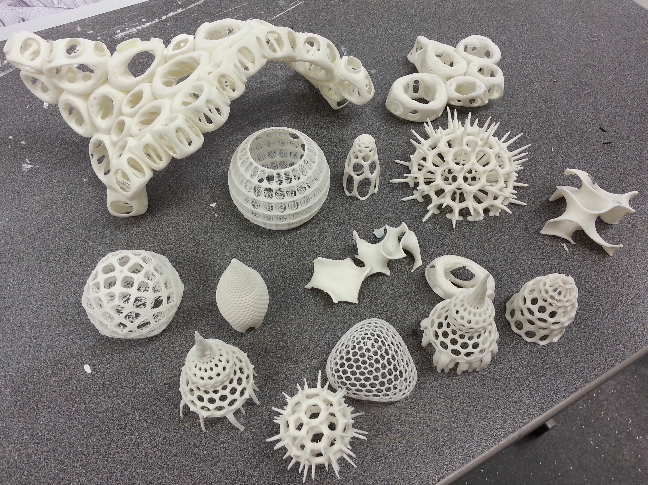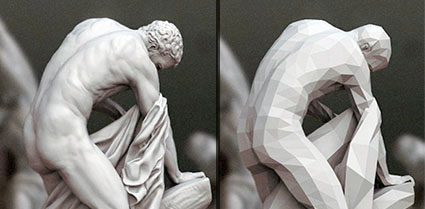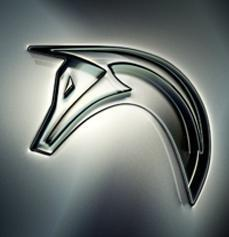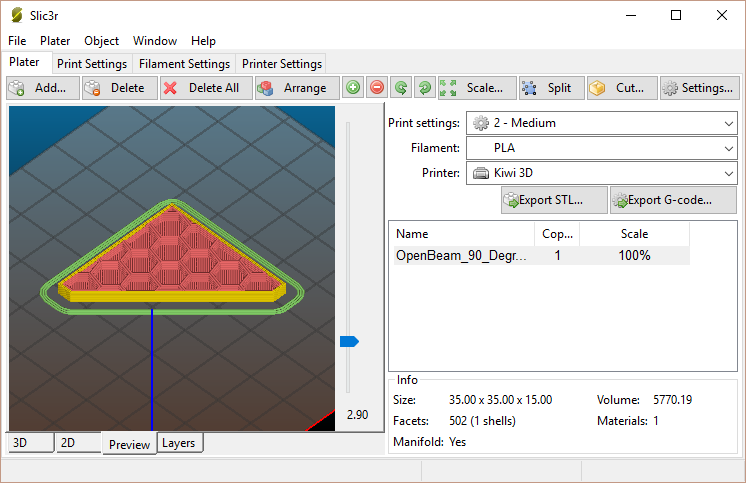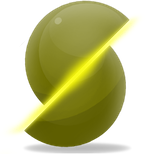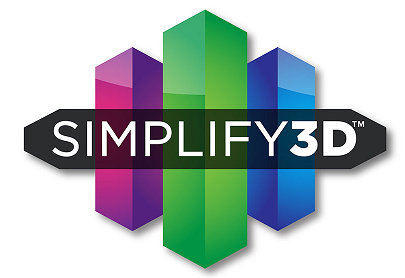Introduction
3D printing has become almost a common practice. Many people are now considering the 3d printing as a profession. Many others consider it a hobby in which spend much of their free time. The convenience to achieve various objects, is to use the 3D models developed to the computer. This convenience has made this practice widespread enough and every day new fans add to this new practice.
As the number of users has grown, in the same way, also the products for 3D printing have grown over time. Today the software available online are practically dozens, both free and commercial. However for those who are just beginning to approach this world it can be difficult choosing the right software.
In this article all the most popular software for 3D printing will be listed, giving a brief description on their type and leaving the reader the chance to judge which is the one that most suits their needs.
Which software are used for 3D Printing?
If you approach the world of 3D printing for the first time, initially it may be difficult to understand what and how the software will be required to print your first model. Surely you could ask the following questions:
- Where do I start?
- What is a CAD application?
- What types of CAD are at present?
- What file type should I use as output to print a 3D model?
- What is the slicing and what it means?
So before we begin, a brief summary of all procedures involved in preparing and printing of 3D models would be helpful.
To create and print 3D models you need 4 types of software:
- Defining and Finding the Object (Online Communities o Components libraries)
- 3D modeling (CAD software)
- Slicing (CAM software)
- 3D Printing (Client Software)
The goal of the 3D Printing is an object
First, you should have a clear idea on the object you want to achieve.
It will be a component of a more complex apparatus or system, or it will be an object representational as a statue or an ornament, where the curves and irregular lines take over?
Well, this question is very important because as you will see later, it will be the main factor that will point you in the selection of the software package you will need to print the object.
In addition, another crucial question will be:
Does my object have a form completely original? Or can I start from a model already existing to make any changes?
So you should first research online to see if there is something very similar to what you want to achieve. Maybe your object already exists somewhere and does not require any changes. This strategy allows you to greatly reduce production times and to use simpler and free 3D modeling software.
In the internet, there are many communities and sites that provide hundreds of 3D models ready for printing, with lots of pictures and print files ready to be downloaded to your PC. Thingiverse is just one of these.
Many commercial software have libraries of 3D models already present within them, or otherwise downloaded using their license. The various libraries will be divided into the categories of use of the model to be printed.
3D Modeling with CAD Software
Once you have a clear idea of the object to achieve, you need to create the 3D model by the use of specific software called CAD (Computer-Aided Design). The 3D model of an object is achieved through the definition of the points which delimit its geometry in a system of Cartesian coordinates (X, Y, Z). Thanks to the CAD software you can create (draw) these objects defining the exact position of the points that make it up.
In the picture below you can see a 3D model (from the Richard Ritchie‘s blog) . In it, the points characterize the vertices of the object you want to achieve (the curved surfaces are always approximated by triangles).
For many years these software are present on the market, so the methodologies for editing these 3D objects is greatly simplified over time, allowing you to build very complex in short times and without requiring enormous skills.
At the present time, you can define three main categories of software for 3D modeling, each of which is characterized by the manner in which modeling itself takes place.
- solid
- sculptural
- parametric
Although each of these modeling works on a different basis and mode of operation may be such as to differentiate them from each other significantly, all of them have as main objective the 3D modeling of the desired object. So different techniques, in theory, lead to the same results – the creation of the 3D model.
Solid 3D Modeling
Applications that relate to 3D solid modeling, build models through CGS (construction geometry of solids) technology. Put simply, the construction of the models is done through the use of predefined shapes simple (cones, cubes, cylinders, spheres, etc.) called primitives, instead of defining each point at a time. Any model, however complex, can be achieved through the composition of these primitives. For this reason, this type of modeling is more adapted to models of components, so it is more suitable to engineers or architects.
The most popular free software that use this method of modeling are
This program is very popular among hobbyists and makers (who appreciate the free), but even among the architects and engineers who appreciate its functionality. SketchUp is in fact a good compromise between professionalism and simplicity of use. Note, however, that the basic version does not allow the generation of STL files (required for 3D printing), but this is easily fixed by downloading a plugin/extension download directly from SketchUp, called SketchUp STL (see here here for download). If you can find the solution to his professional needs in this product, I recommend switching to the paid version SketchUp Pro, where the capabilities are greatly extended. The free version is available for both Windows and Mac.
Autodesk is a company specializing in professional software for 3D design (modeling, rendering and animation). However Autodesk 123D Design has developed, a program used by the PC, online and even on iPad. 123D Design is an application designed for those who are approaching the world of printing and 3D design. In fact, it shows a more understandable interface compared to the corresponding professional software, making it much more simple to use. In addition, a factor not to be underestimated, there are many tutorials and online video lessons that teach you create 3D models with this application.
In my humble opinion, TInkercad is the simplest of all software (suitable for children).It requires no installation since it is a completely online. This application was created by Autodesk, the same company that designed AutoCAD and 3DStudio Max. Tinkercad is a service designed specifically for 3D printing that in its simplicity and directness allows you to create a 3D model practically in minutes. Primitives, each shown with a different color, are added gradually one after the other on a background characterized by a graph paper that does not allow errors on their positioning, alignment, and size. A very interesting aspect is the connection with Thingiverse, from which you can import STL objects. You can also order prints of the model that you made or imported into the application.
Blender is the reference software for all fans of 3D modeling.Totally free, in fact, it has had a great communities with which you can share educational materials, tutorials, documentation and models of various kinds. Blender is a very powerful application, although it is free, it is also widely used at the professional level. There are versions for Windows, Mac and even Linux. It is not a real CAD but is capable of handling 3D models.
This application is available online so it requires no installation. It is easy to use as Tinkercad but has more options and features that makes it a tool halfway between Tinkercad and 123D Design. However, even compared to 123D, 3DTin allows for realistic renderings with many materials and background scenes. In its basic version, 3DTin is free and templates created can be distributed as long as they are distributed via Creative Commons license.
3D Model to Print, 3DMTP, is a cloud-based online service. This application is used especially for the realization of 3D architectural models. The service converts 3D models into STL files for printing.
This free application is a real professional CAD.It is for this reason that this program is not so quick to use, but it requires a little practice to learn the functioning. The design is based on the assembly of primitives defining the model gradually. Each of these primitives is characterized by a series of parameters. The following changes and corrections of the 3D model can be made by acting on this parameter set by varying the values without having to modify the structure. Thanks to this characteristic, FreeCAD is suited for the design and printing of models of components for equipments or more complex systems (often mechanical or structural). There are versions for Windows, Mac and Linux.
Among the commercial software you can include:
Also this software is a product of Autodesk. 3D Studio Max is a suite of programs is widely used because of its unique interface and intuitive. The suite of programs can be further extended by numerous plugins developed by third parties. In its extensive capabilities, 3D Studio Max can be a powerful tool for creating three-dimensional models suitable for 3D printing. This application only works on Windows.
This commercial product is very popular as it allows you to create 3D models of free-form surfaces, ie curved shape similar to those found in the sculptures.
Rhinoceros describes the geometric entities (arcs, curved surfaces, …) mathematically using NURBS (Non Uniform Rational B-Splines). There are also plugins that add functionality specific (raytrace rendering, v-ray, CAM and CNC cutting). This software is available for both Windows and Mac.
This product is the ad hoc tool in the design of mechanical components. SolidWorks is an advanced tool suited to mechanical engineering. For the creation of the models sees a three-dimensional parametric design which makes the application suitable for the creation of components for complex equipment with great precision. For this reason this is the tool suggested for the printing of such components. Available for both Windows and Mac.

AutoCAD was the first CAD software present in the market (since 1982). This application is primarily used for the design of 3D models to use in a professional environment.
The vector nature of models makes it the right tool for engineers and architects. Besides these applications, Autodesk AutoCAD is a powerful tool for creating models for 3D printing. There are versions for both Windows and Mac.
Although this software is specialized for the 3D animations to be used generally in the post-production of films for the production of special effects, it contains all the tools for 3D printing. The software, produced by Maxon (Germany), supports procedural, polygonal and solid modeling techniques. There are versions for both Windows and Mac.
This software is now a classic of 3D modeling, rendering and animation, since its origins go back to the Commodore Amiga! Its best feature is the rendering. LightWave 3D is composed of two separate parts; the first specialized for 3D modeling (Modeler) where objects are created, and the second (Layout) used for animation and rendering. This software is available for both Windows and Mac.
More than an application for 3D modeling, Maya is considered a massive and comprehensive suite of tools for all aspects of professional 3D design. Not only it allows the development of 3D models but is a great tool for 3D animation and rendering. Thus, Maya is one of the most widely used software for creating animated films and special effects. However, in the overall context, it allows you to develop 3D models for printing. There are commercial versions for both Windows and Mac.
Parametric 3D Modeling
Another type of CAD software is based on parametric 3D modeling. The distinctive feature of this type of CAD is that it allows you to draw three-dimensional objects using programs (scripts) containing object parameters. Through the combination of these objects (primitive) with additive or subtractive mode you can define very precisely any type of area or volume.
The software-based parametric modeling are not numerous. Among the free ones you can find:
OpenSCAD is not an application for creating 3D models as understood in the usual sense, where thanks to the mouse pointer and to icons of geometric primitives you can build our 3D model gradually.But rather, it is a more like a compiler that reads and interprets script containing three-dimensional geometric definitions. At the end of the execution of the script, you’ll get the final 3D model as output. So OpenSCAD comes as the best tool for those familiar with programming, allowing you to create complex models only with the definition of sequences of commands. It is probably the only software for 3D modeling where the mouse does not play almost no role, except that to rotate the scene. The program is available for all platforms: Windows, Mac, Linux and BSD.
This application is actually not a stand-alone software, but is used as a tool to add to the Rhinoceros 3D CAD. It still worth a careful hand, given the great features of this plugin. Grasshopper is indeed a graphical editor where you can define algorithms for generating 3D models. With this tool, you can test algorithms capable of generating facilities of high artistic beauty and originality.
Sculptural 3D Modeling
The last type of CAD software is based on the sculptural 3D modeling, that is, a technique that allows you to create your own 3D models “sculpting” basic three-dimensional shapes (primitives). So, starting from simple geometrical figures, subtract gradually parts of the solid (in a really similar to a chisel) until reaching the desired figure. However, there are also software that instead act on the base solid in a different way. That is, the modeler can deform the basic structure in its various parts as if it were made of clay.
The following picture is taken from the site of Scott-Eaton (see here).
You can therefore understand how this type of 3D modeling is appropriate to draw figures, faces, objects or natural organic. Flat surfaces and regular will be less accurate than using other types of modeling.
The most popular software of this type are:
This software is a tool for advanced sculpture that allows you to create very complex 3D models. ZBrush is an application particularly suited for those who want to build realistic models for prints of sculptural objects like statues, miniatures, toy soldiers, fantasy dragons, etc. The results of printing are truly amazing. However, this software requires a discrete sculptural skills in order to create satisfying models. ZB rush is ‘available for both Windows and Mac.
This free software is very special. In fact, it allows to create the sculptural representations (models) using the concept of a virtual clay modeling. The application allows you to manipulate a model in various ways (by pulling, stretching, twisting portions of the model) as if composed of a material easily malleable. This wonderful software enables printing in 3D also works by famous sculptors. There is a free version for both Windows and Mac.
Autodesk, being a manufacturer of many software specialized in CAD and 3D modeling, could not fail to offer a specialized software for sculptural modeling. This software allows the modification of 3D models by acting on the parts that compose them with a whole series of tools (chisel or clay). The software is commercial and both versions are available for Windows, Mac and Linux.
However, many software, listed previously for other types of modeling, contain within them the tools that allow you to model the objects created from the primitive through the sculptural modeling. For example:
- Blender
- Maya
- Rhinoceros
- 3D Studio MAx
- Cinema 4D
- Sketch Up
Prepare the model for printing: Slicer (CAM) Software
Once you have completed the model on the CAD software you have to export it as STL (stereolithography) file. This is the format generally used for CAD models created specifically for 3D printing.
These STL files contain a set of information that characterize the shape, size and physical attributes of the model that you have made via the CAD software. But now this STL file must be subjected to the process of slicing. This process is more properly called Computer-Aided Manufacturing (CAM), which means computer-aided manufacturing. It is necessary each time a model is to be sent for printing.
The process of slicing consists in dividing the model into many small slices and evaluates printing modes needed to achieve each layer, taking into account both the material used, the printer to be used, but above all the underlying layers, in order to make the model “printable”.
The software then slicing will convert the 3D model into a sequence of instructions that will be interpreted by our 3D printer, setting all the parameters required for printing, such as the speed and the path to be followed by the extruder. All these instructions are written according to a specific code, called G-code. The goodness and quality of slicing software is the ability to set and optimize the printing characteristics of the model. In fact, these factors greatly affect both the quality and printing speed, determining the goodness of the object created, regardless of the quality with which you have designed the model with 3D CAD software.
Some of these parameters playing a significant role in printing, are listed below.
- Layer Height
- Shell Thickness
- FIll Density
- Support Type
- Print Speed
- Print Temperature
Moreover, the software Slicer must be able to configure itself to the printer that will use, by means of the configuration file (called profiles). So it is important to check the compatibility of the slicer with your 3D printer and then it supports the use (profiles)
The Slicer software available are:
Probably, this is the most widely used program for slicing. In fact, Slic3r supports a large amount of 3D printers currently on the market. Its interface really simple and intuitive is characterized by its immediacy and convenience in its use. Slic3r is newly on the market (half a year), but it is already much followed and many upgrades are available online. The key of this product that should not be underestimated, is that Slic3r is completely open source, free and supports many formats input / output (not just STL). Features that make it very appreciated in the community of makers and the open hardware in general. Note to add: it supports printing with multiple extrusions.
Along with Slic3r, Skeinforge is one of the most popular software slicing.It is an integral part of the project RerRap. You can download from the page of the author
This software, distributed by Ultimaker, allows to work in mode all-in-one on 3D printers. The Ultimaker printers do not use other client software, but only this unique software, sending the G-code directly to the printer using a USB connector. You can also control printing in real time directly from the PC. However, this software can also be used for generating G-tails also for many other 3D printers.
This application unlike all the other slicers, also contains a part used for modeling. Thus, you can exploit this all-in-once feature performing every process of the building of a 3D object, from modeling to printing without changing software. These highly advanced feature are anyway belonging to a non-free software.
This application, although not equipped with an eye-catching graphic interface, is recognized as one of the fastest slicer currently on the market. The minimal interface allows you to directly set many settings. The free version allows switching to the paid version, Pro, which allows multi-extruder and printing multiple models simultaneously.
Client Software for 3D printing
The last category is that of the software needed to control the 3D printer. They are used to send print commands and to set the machine to be used, setting its parameters in real time. There are open source and proprietary client software. Those propprietari generally are designed to operate exclusively only for certain models of printers.
With this software category you can check in real time the current print job, having a direct control over its modalities. You can then pause or stop a print, or modify other settings in real time as the temperature of the plate or the extruder, or even change the speed. In general these software can be very useful when equipped with tools for printer calibration. Calibrations allow you to control the quality and reproducibility of the prints.
In this case the choice of software is almost exclusively dependent model of 3D printer that you have. According to the printer you will use proprietary client software or open source.
The most famous open source client source are:
- Repetier-Host
- Printrun
However in most cases it is not necessary to use these software since many models of 3D printers can read G-code files directly from SD-card or a USB key. This allows you to separate the process of printing in two different contexts: one from PC to design 3D models and one in front of the 3D printers. This often is convenient.
Conclusions
Now that you’ve read this article you will have a clearer overview of the software currently in circulation. Although the information in this article does not allow you to understand the feature in which each software excels over the other, anyway, it describes the essential qualities. In fact, now it will be more clear what type of software to choose taking into account the modeling that is more congenial (parametric, sculptural or solid). I hope that this information has been helpful. Now what are you waiting …. begin to download your favorite software![:]

